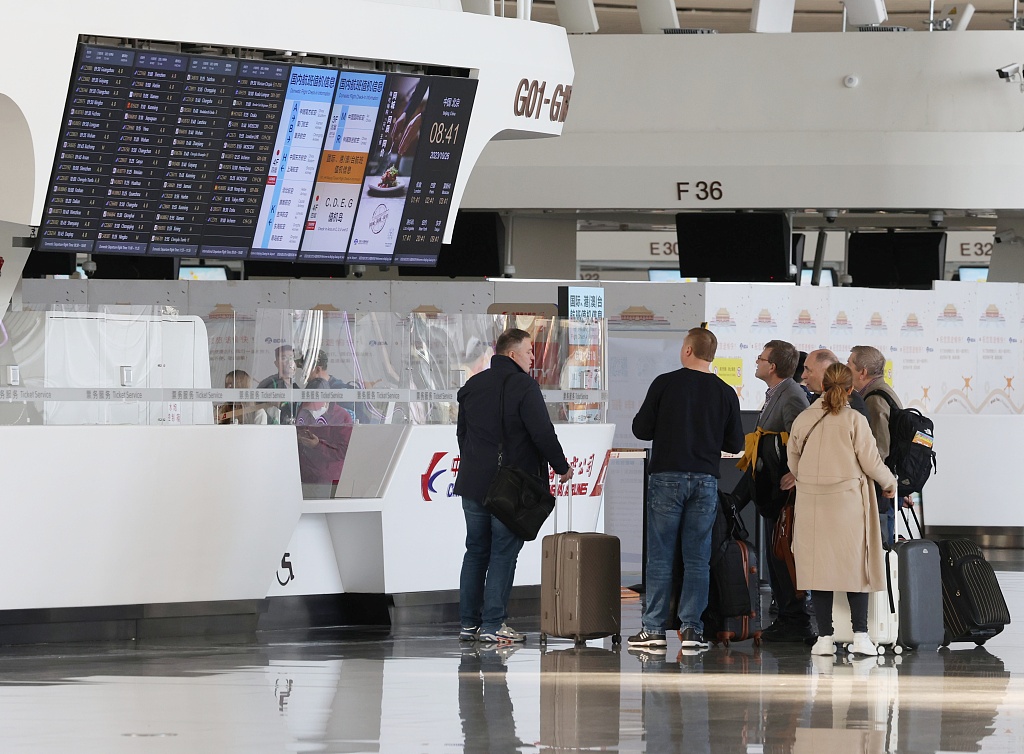
On March 1, the visa exemption agreement between China and Thailand officially came into effect. Prior to this, Malaysia implemented a 30-day visa-free policy for Chinese tourists starting on Dec 1, while beginning Feb 9 ordinary passport holders from China and Singapore can enter each other’s country without a visa for a stay of up to 30 days.
The classic outbound travel route of Singapore-Malaysia-Thailand is thus visa-free for Chinese tourists.
Before the COVID-19 pandemic, China was Thailand’s largest source of tourists, with more than 10 million Chinese tourists visiting the Southeast Asian nation in 2018, accounting for one-fourth of the total travelers it received that year. Last year, there were only 3.51 million Chinese tourists among the 28 million foreign tourists visiting Thailand. The country anticipates that the number of Chinese tourists will rise to about 8 million this year, generating about 320 billion Thai baht ($8.92 billion) in revenue.
The decision to implement visa-free entry for Singapore just before the Chinese Lunar New Year, a traditional festival holiday, likely had economic factors as a significant consideration because holiday tourism is one of the key drivers of consumer spending and an important lever for economic growth. Singaporean policymakers’ intention to attract Chinese tourists to Singapore during the Spring Festival holiday is evident.
Besides the three countries, Chinese tourists have always been an important source of revenue in the global tourism market. According to official data, during the 2024 Chinese Lunar New Year period alone, the number of outbound Chinese tourists reached 3.6 million, indicating significant consumption potential.
However, to gain the favor of Chinese tourists, it is necessary for other countries to strengthen research on the characteristics of Chinese tourist groups. For example, the traditional model of tourists shuttling between tourist attractions and shopping malls is being replaced by a slower, more relaxed model that focuses on personal travel experiences. Longer dining times, leisurely touring schedules, and comfortable service guarantees are now the preference of Chinese tourists.
It is worth emphasizing that while outbound tourism from China is recovering rapidly, the recently implemented inbound facilitation measures have also attracted foreign tourists to China. According to data from tourism platform Ctrip, the number of inbound tourists during the Chinese Lunar New Year period increased by more than 10 times year-on-year, with the main source countries being Japan, the United States, the Republic of Korea, Malaysia, Australia, the United Kingdom, Canada, Vietnam, Germany and Thailand.
The enabling of Chinese tourists to “go whenever they want to” and for foreign tourists to “come whenever they want to” demonstrates that China is opening up on a wider scope and at a deeper level.
